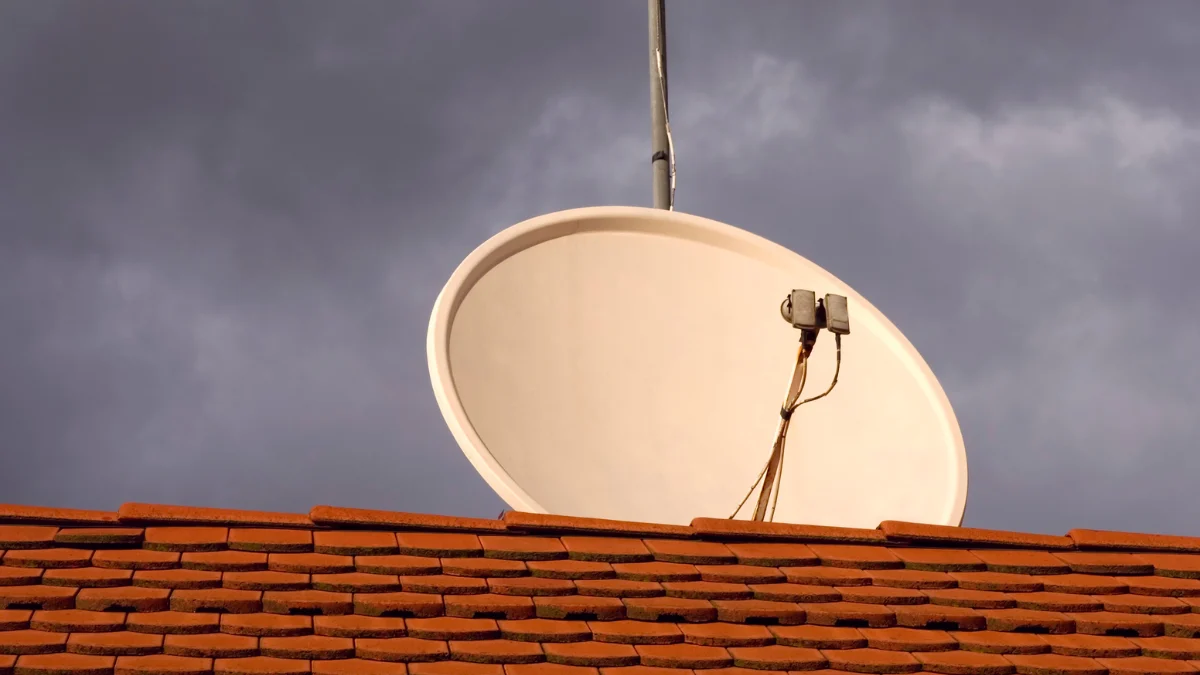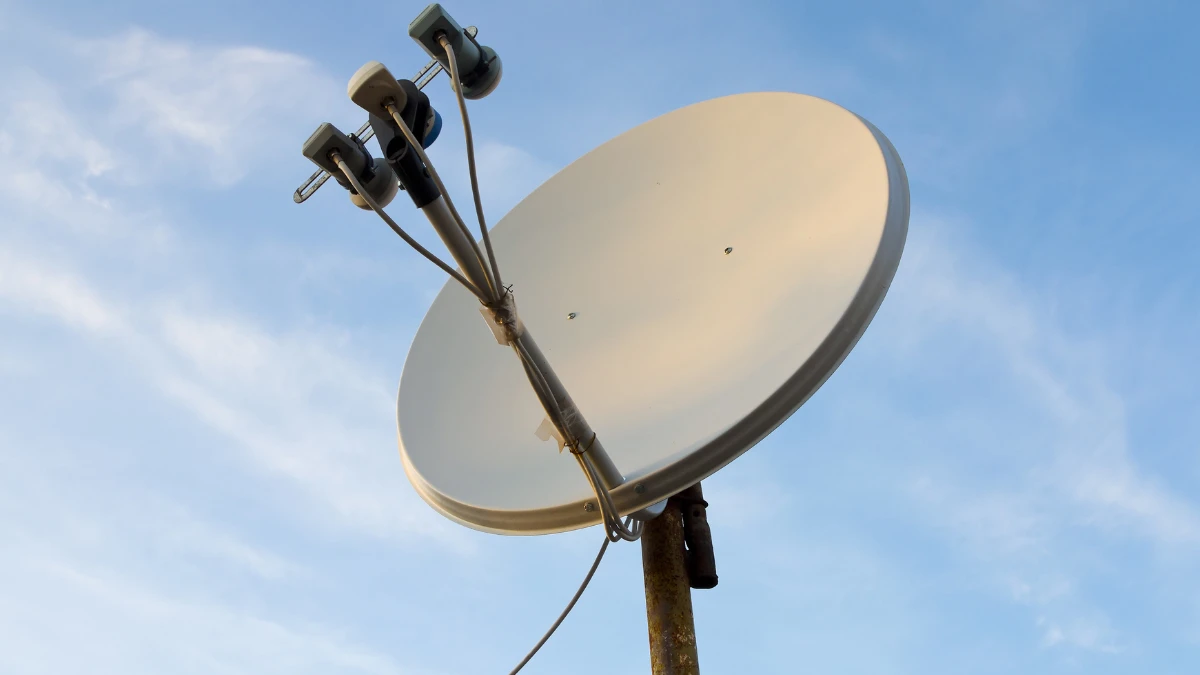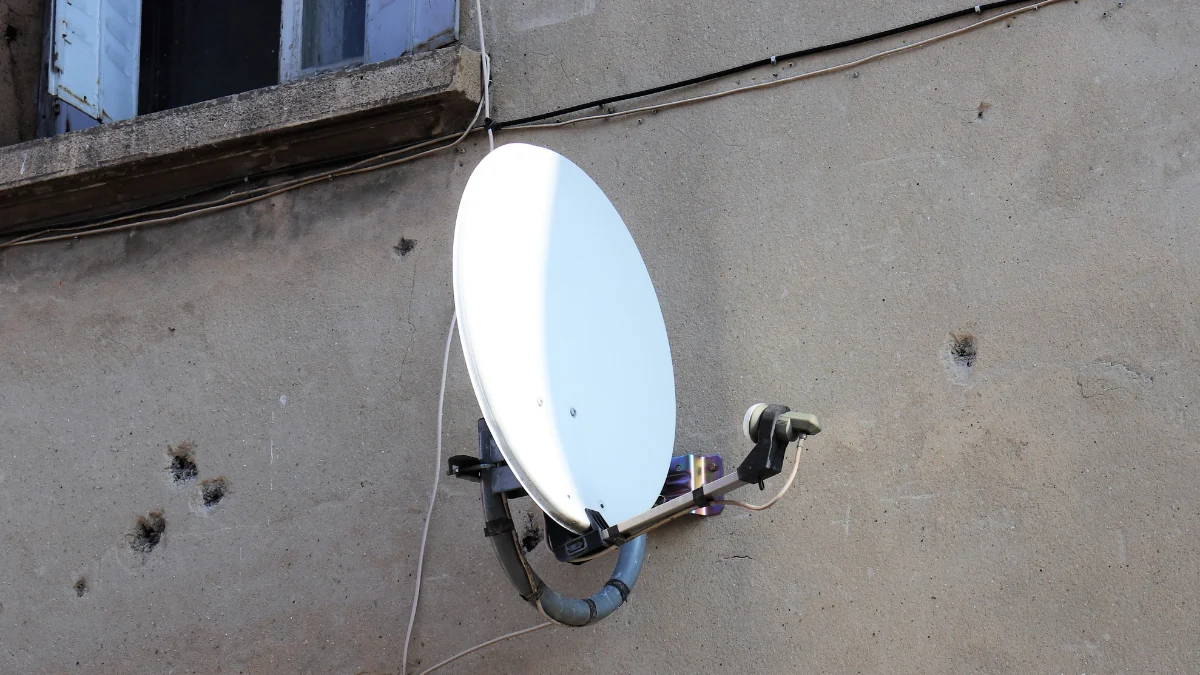In urban areas, internet access has become an undeniable necessity. The question is, will connections in remote areas be the same? Of course not. That is why a technology called Very Small Aperture Terminal (VSAT) has emerged as a solution.
VSAT is a small satellite technology that can connect communications in many places that cannot be reached by ordinary networks. Although this technology is rarely discussed, it plays a major role, especially in archipelagic countries such as Indonesia.
Are you curious to know how VSAT works, what its functions and benefits are, and the regulations for its use in Indonesia? Let's take a look at the following review.
What is a VSAT?

A Very Small Aperture Terminal (VSAT) is a communication system that uses a small satellite dish to connect to satellites. This device has a small antenna measuring only about 1 to 3 meters.
However, don't let its size fool you—this compact device can transmit signals to hard-to-reach areas. It is used in remote villages to access the internet. To function, VSAT does not require tall towers or long cables; it only needs an open sky.
How Does VSAT Work?

Simply put, the VSAT system works by using three main components, namely a small satellite dish at the user's location (called a remote terminal), a geostationary satellite located far away in space, and a central station (hub) on the ground.
VSAT devices at the user's location usually consist of:
- A satellite dish for capturing and transmitting signals
- A special satellite modem
- A transceiver that receives and transmits signals
- A controller that manages all processes
The VSAT workflow begins with the remote terminal sending data to the satellite. The satellite then forwards the data to the hub station. After that, the terminal receives the signal that has been processed by the satellite to be distributed to the user's device.
This entire process takes only a few seconds. Even though the distance is far, because the signal has to “stop by” outer space first, the system is stable, especially when the weather is clear.
The Functions of VSAT

Using a Very Small Aperture Terminal (VSAT) has several functions as a terminal for receiving and sending data to communication satellites to build a reliable network in remote areas. Here are some of the main functions in detail:
Building a communication network
The main function of VSAT is to build a communication network. This device acts as a ground station that communicates with geostationary satellites to send and receive data, voice, and video. This system can establish communication in locations that cannot be reached by tertiary infrastructure.
Bridging the digital divide
Bridging the digital divide is another function of this small antenna device. VSAT can provide internet connectivity to rural areas and regions that are underserved by telecommunications infrastructure. Internet access in remote areas creates equality in the use of digital access across all regions.
Supporting mobile communication
Another function of VSAT is to support mobile communication. This system can be installed on mobile platforms such as vehicles, ships, and aircraft. This allows us to stay connected to the internet even when on a plane or ship.
VSAT Regulation in Indonesia

The Very Small Aperture Terminal (VSAT) utilizes communication technologies that operate within a specific frequency spectrum. In Indonesia, a wireless device is required to have a DJID (Directorate General of Digital Infrastructure) under the Ministry of Communication and Digital (KOMDIGI).
VSAT regulation is based on the Decree of the Director General of Post and Telecommunications Number 346 of 2003, which requires all radio frequency-based devices to meet specific technical standards before being sold in the country.
The DJID certification ensures that the product meets government safety and quality regulations and does not interfere with other communication devices. The certification process involves technical testing, such as frequency adjustments, safety checks, and compatibility with the surrounding environment.
Once the tests are completed, products that pass are listed in a Test Result Report, which confirms that the product is safe and ready for sale in Indonesia. This report reassures customers that the product meets technical standards and is secure.
For companies wanting to sell a VSAT in Indonesia, Type Approval Certification Services for ICT Products are available to assist with this process. This service includes preparing technical and legal documents, conducting required testing, ensuring compliance with regulations, helping companies streamline the certification process, and giving consumers confidence in certified products.